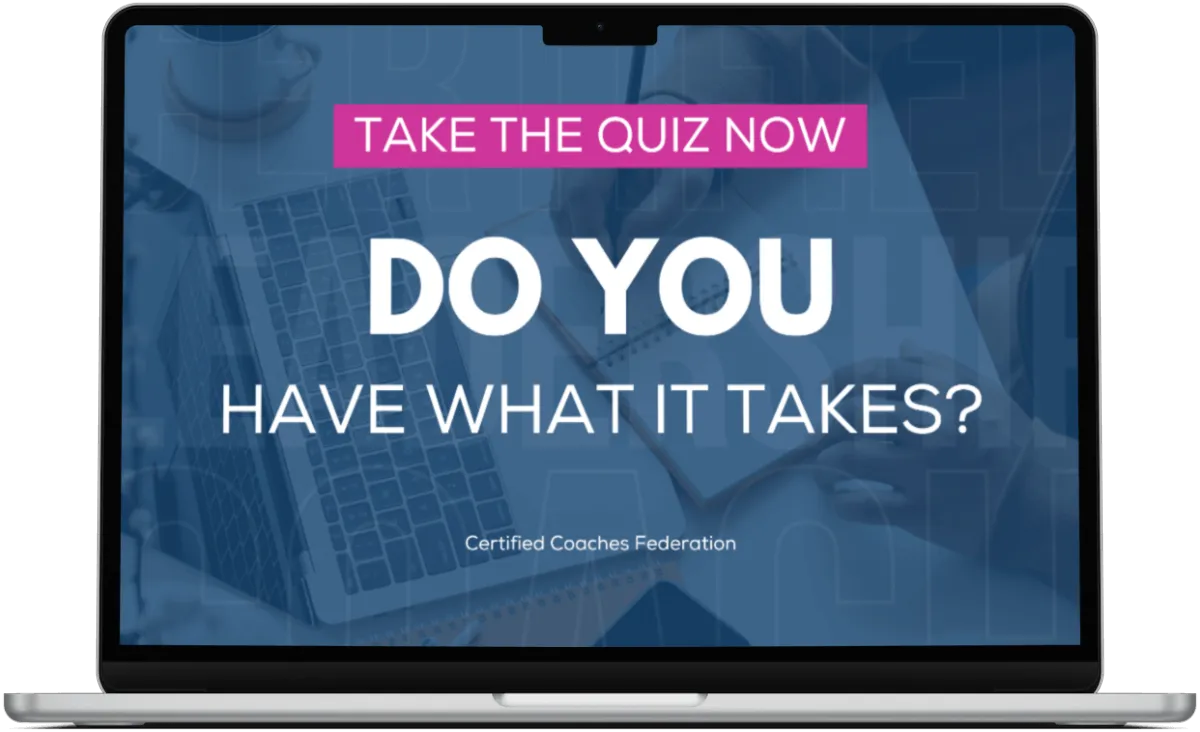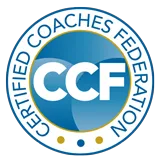Blog
Your Coaching Compass:
Navigating Success Together
Every story, every insight, every tip is curated with one goal: to guide you towards coaching success and personal fulfillment.
Receive weekly newsletter by signing up below:

Blog
Your Coaching Compass:
Navigating Success Together
Every story, every insight, every tip is curated with one goal: to guide you towards coaching success and personal fulfillment.
Receive weekly newsletter by signing up below:

FREE QUIZ
Do You Have What It Takes To Become A Life Coach?
Find out now by taking our Coaching Profile Quiz! Takes less than a minute to get your results.


How To Use The Pain-Pleasure Continuum In Coaching?
How to use the pain-pleasure continuum in coaching?
Our lives are constantly moving. Either towards something or away from something, the movement is continuous. Have you ever had moments in your life when you felt like everything is working towards you? You were doing great at your job, your love life was stable, and your social relationships developed naturally - everything worked wonderfully.
That was the pleasure continuum which was moving your life towards something. But, at some point, something snaps. The weather makes you skip a gym session. You cancel a date last minute because you just didn’t feel like it. You start feeling wrong about the direction you’re going towards.
That movement can be described as a pain-pleasure continuum. In life, it’s an unwritten truth that after hardships come sunlight and vice-versa. Do you feel the same?
Well, in today’s article, we’ll be expanding on the pain-pleasure continuum, what questions trigger that continuum in coaching, powerful questions that will help you work with the continuum and other important information for all of the coaches in our community. Ready?
Let’s dive in.
What is the pain-pleasure continuum?

The pain-pleasure continuum is the spectrum along which all people make choices, both at the conscious and subconscious levels. Pain and pleasure can also be a continuum of moving towards things versus moving away, happiness versus unhappiness, success versus failure, and fear versus courage.
Your client may identify something they want - which can be something positive - or something they avoid, which will be something negative.
Very often you will encounter clients that will answer in a negative way at the question: What do you want? Most of them will say:
Well, I want less frustration. I want less sadness. That says a lot about their position in the pain-pleasure continuum - they’re running away from something.
What questions trigger the pain-pleasure continuum in coaching?

What you have read in the first part of this article is just the start of your visit in the pain-pleasure continuum experience with your clients. After that, you have to dig deeper. In order to do that, you need some carefully asked questions.
Start off with: What do you want more of? Up until this point, you’ve heard your client stating they want less frustration, less sadness, less something - but this should be expressed in a positive way. Ask them to answer this question but in a positive manner this time. When somebody says they want less sadness - they should identify what causes that sadness and solve that problem first.
Another question that will help you to work with the pain-pleasure continuum is Could you think of things that you want more of? It can be happiness, joy, or bliss - make them list out a number of different options and have them pick.
Another question that triggers this pain continuum is What are you experiencing now and what do you want to experience? That is not necessarily a black-and-white situation - on the contrary, it is usually hard to answer a question like this, but it starts a great conversation between you, as the coach, and your client.
In the next part of the article, we will talk about truths - both small and capital ones. They tie in directly with the information you’ll be finding out after asking the questions we already talked about.
What are small and capital truths?

The pain-pleasure continuum has the tendency to spark powerful conversations in your coaching session.
Let’s picture your 3-year relationship just ended because your partner didn’t really want to continue it anymore. At that moment, your truth is this:
It’s the end of the world - this is the worst possible thing that could happen at this moment.
And your feelings are valid, but we call this a small T truth. It’s a truth, but not the Truth.
The Truth is what you are going to learn out of an experience like this - how are these life experiences going to influence your whole life? Can you create meaning from those life experiences?
The answer is yes - and that is the capital T Truth. Every experience, painful or pleasurable, can help you grow as a person. We’ll see how in the next part of the article.
Powerful questions that help you work with the pain-pleasure continuum:

What emotion do you want to feel the most?
When you’re working in the pain-pleasure continuum, your client will be inclined to feel less of the bad emotions, but in fact, they should want to feel better. When you’re unhappy, you should desire happiness, not less unhappiness.
This question will start the conversation between you (as the coach) and your client.
Where are you on a scale between the two emotions?
Most emotions are polarizing. Happy - sad. Anger - joy. They can usually be spread on a 1-to-10 scale. After the first question, you already have a few ideas of emotions your client wants to feel - make sure you place a scale for those and make your client estimate where are they feeling those emotions.
What actions will take you closer to what you want?
In this part, you’ll want to work with your client and realize what the next actions are required for them to be closer to the level they want to achieve on that scale.
What will you be seeing, hearing or feeling on the way to those emotions?

Their journey towards the emotions they want to feel will be hard. In order to experience real growth, make sure your client knows what they are seeing, hearing and feeling in their journey to achieving these emotions. A journal could help with this because it enables them to put their emotions on paper in a clear fashion.
Conclusion
The pain-pleasure continuum can be a helpful tool to help your client in their journey. Use it in order to achieve certain truths and make them ask themselves powerful questions, in order to achieve real progress!
certifications / TRAININGS
certifications / TRAININGS
CERTIFIED COACHES FEDERATION | TERMS OF USE | PRIVACY POLICY
